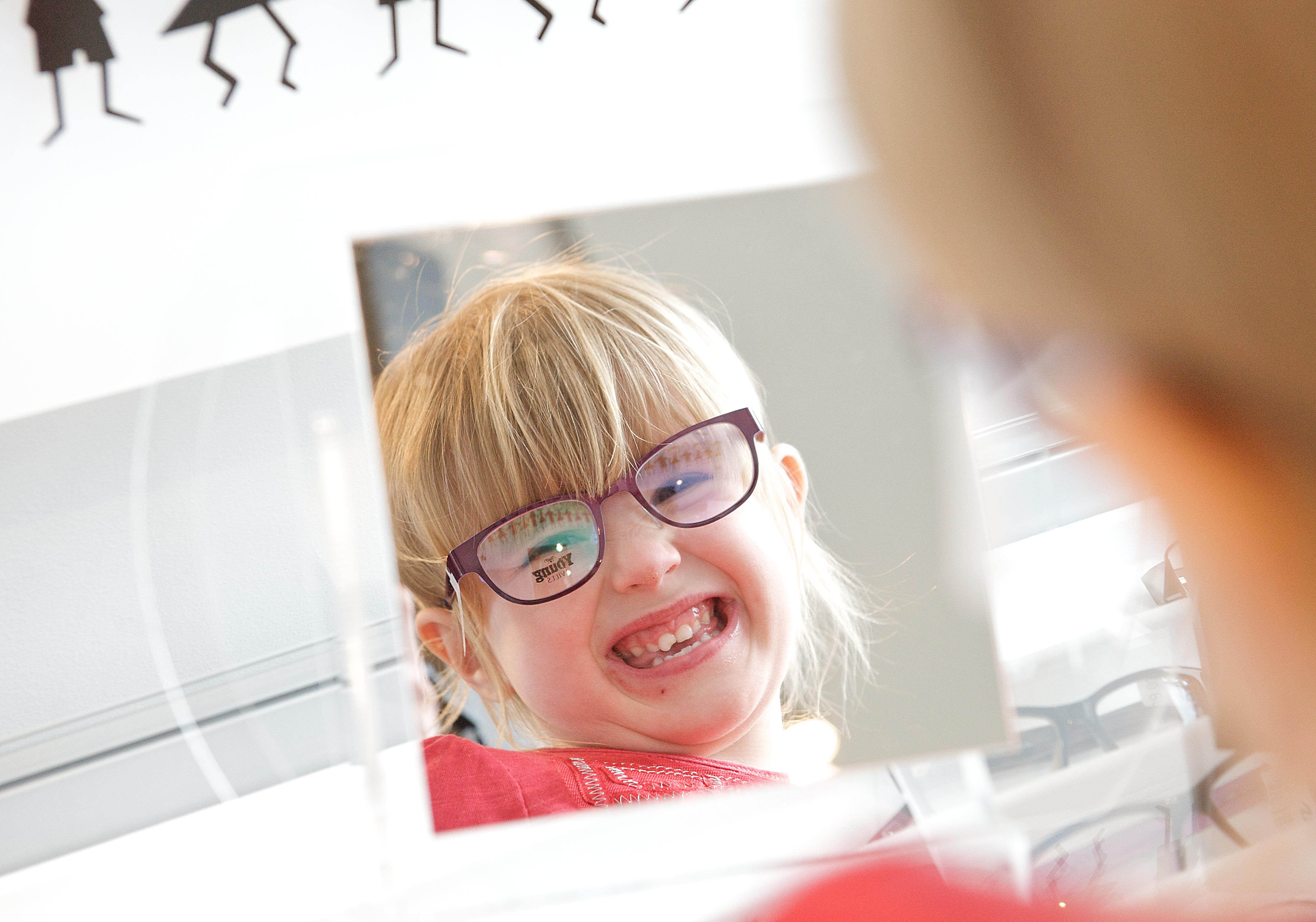Did you know there are an estimated one million children with an undiagnosed vision problem?
Good eyesight is crucial in making sure a child develops to their full potential both at school and socially. It’s especially important to look after children’s eyes – the eye is still developing throughout early childhood so if problems are treated early, it can make a lasting difference. Yet research shows that around 20% of school-aged children have an undiagnosed vision problem. It’s never too early to have a sight test, having a sight test means any vision problems are spotted early and managed so that they do not affect your child’s development.
Visual problems can have a significant impact on a child’s learning and social development through poor literacy, and non-diagnosis can lead to inappropriate interventions. Identifying visual problems early on in life will ensure that children receive the appropriate educational support and assistance.

Children may not realise when their vision is poor and are less likely to mention visual problems. Spotting them is, however, critical to their future health. Children develop rapidly too and so are less likely to have stable glasses prescriptions. Children with learning disabilities also have a higher prevalence of visual problems
Many parents assume that their child will have their vision checked at school regardless of whether it happens or not. Unfortunately, not enough parents know that they should take their child for a sight test at least every two years. All children are entitled to an NHS-funded sight test once a year. We recommend that children have a sight test around the age of four, or earlier if there is a family history of eye problems such as lazy eyes, squints or turns.
If you’re reluctant for your child to wear glasses, it’s important to remember that some children need a visual correction in order for their vision to develop normally and to achieve their full potential.
The good news is, there is now a much wider range of attractive frames to choose from and less stigma attached to wearing glasses. Some children may even be disappointed when told they don’t need to wear glasses.
Many children are also suitable for contact lenses; this is particularly helpful for children who take part in regular sports activities and can be successfully worn from an earlier age than you might expect.
Related article: http://jonesandmurphy.com/childrens-eyecare/
